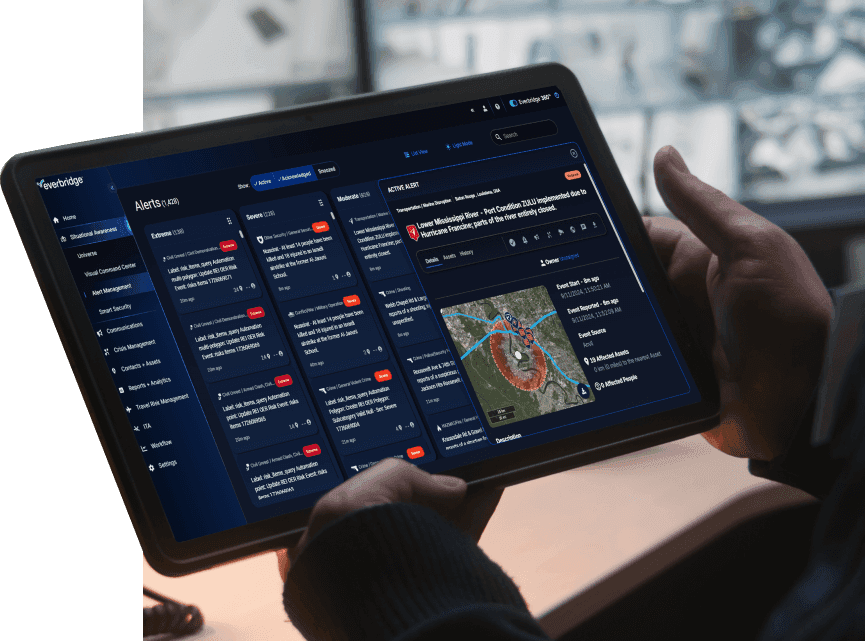Empower your utilities organization with Everbridge
Keep critical infrastructure protected, enhance service continuity, and ensure rapid response with our best-in-class critical event management solutions. Everbridge equips utility providers with real-time threat intelligence, automated communication tools, and streamlined crisis management processes.
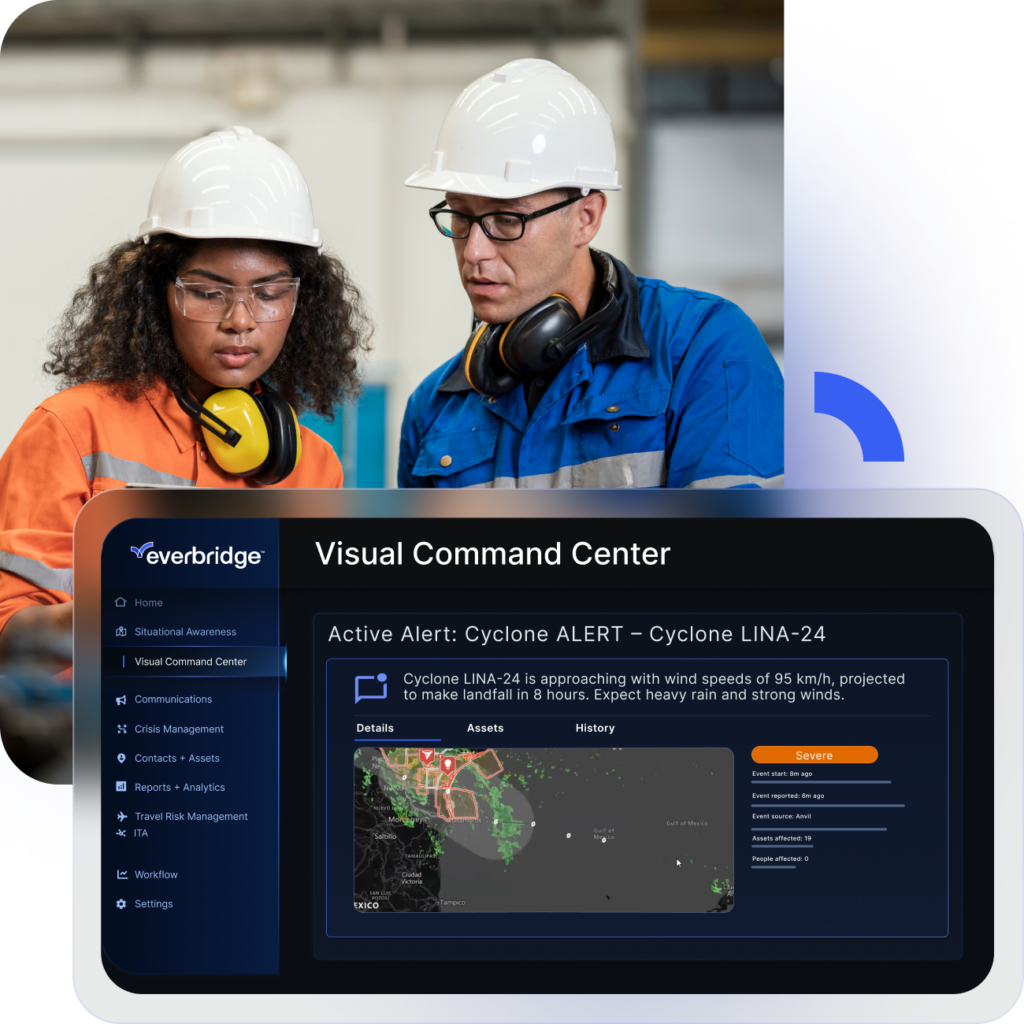
Keep your people safe and your organization running
Utilities are the backbone of our lives, providing essential services like power, water, and gas. However, this sector faces growing risks from cyber threats, severe weather events, and operational failures. A single disruption can impact millions of lives. By harnessing our High Velocity Critical Event Management™, platform, Everbridge 360, organizations can minimize downtime and ensure operational continuity. Powered by Purpose-built AI, Everbridge 360 enables utility companies to deliver uninterrupted services while safeguarding infrastructure and public safety.

Know earlier, respond faster, and improve continuously in how you deal with threats
Stay ahead of physical and digital threats like weather events, active assailants, or IT disruptions with our High Velocity Critical Event Management™ platform, Everbridge 360.
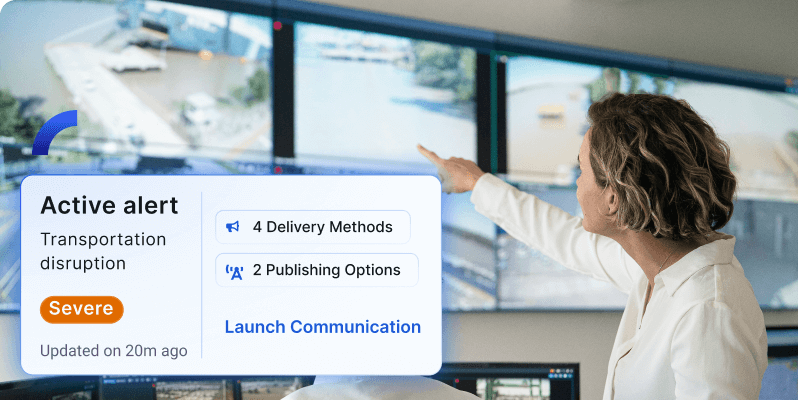
1. Know earlier
With advanced business continuity planning and leading risk intelligence, you’ll get real-time insights to detect threats wherever they arise, helping you quickly identify risks to your people and operations.

2. Respond faster
When critical events happen, speed matters. Our Alert Management feature enables seamless, “one-click” responses, from emergency communications to clear instructions, keeping your employees safe and your business protected.
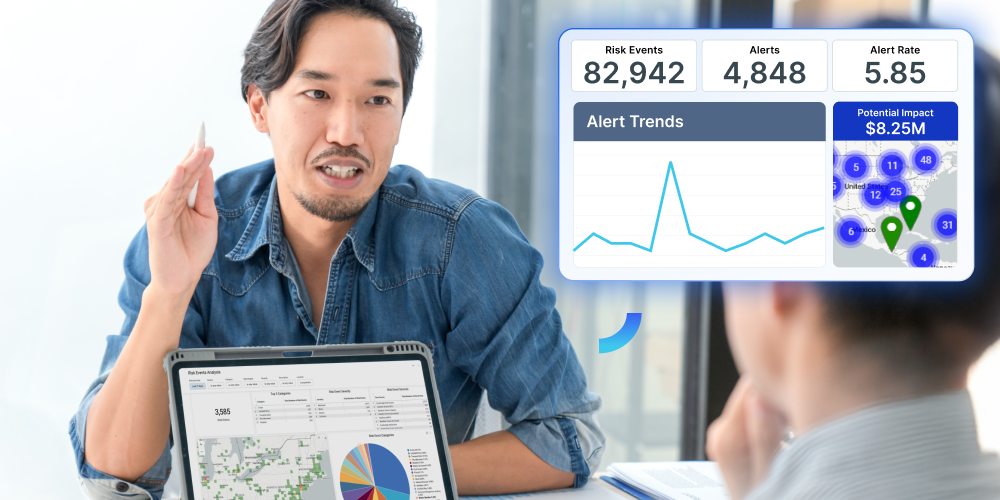
3. Improve continuously
Adapt and improve with our detailed after-action reports, response analytics, and interactive dashboards. Turn data into insights to strengthen your organization’s resilience for the future.
How Everbridge empowers the utilities sector
Proactive threat detection
Access real-time risk insights to identify and address potential threats to critical infrastructure and utilities before they escalate.
Efficient response workflows
Streamline emergency responses with automated workflows, reducing effort and improving efficiency to maintain essential services.
Seamless communications
Enable two-way communication to effectively manage emergencies, ensuring the safety of field workers, employees, and the public.
Enhanced resilience
Leverage advanced risk intelligence and automation tools to protect assets, minimize disruptions, and maintain compliance with industry regulations.
“We used Everbridge to give us a really good view of what offices are impacted, to communicate out to our employees who are in the impact zones, and to determine which project sites might be impacted.”
– April Renner, Business Continuity Manager, Burns and McDonnell

How it works
Everbridge 360 integrates predictive intelligence, automated workflows, and incident response tools. It helps you monitor risks, from cyberattacks to extreme weather, and immediately activate emergency protocols. Powered by Purpose-built AI, Everbridge 360, ensures that communication to staff, first responders, and affected customers is instantaneous and precise. The platform reduces response times, ensures safety, and minimizes service interruptions. Whether managing power outages or environmental hazards, Everbridge helps you maintain reliable service delivery and customer trust.
Improving critical communications with Everbridge
LG&E and KU Energy chose to adopt Everbridge to communicate with employees and other utility agencies during storms and critical events.

How your utilities organization can benefit from using Everbridge
Critical event management
Ensure resilience and peace of mind by protecting employees, securing sensitive data, and maintaining operations during critical incidents. Everbridge 360™ allows you to act swiftly and decisively, reducing risks and minimizing disruptions.
Business continuity
Keep your operations running smoothly, no matter the challenge. With solutions tailored to your needs, minimize downtime, safeguard crucial data, and maintain reliable client services even in emergencies.
Travel risk management
Give your traveling, remote employees and lone workers the assurance of safety wherever they go. Stay ahead of risks, deliver timely guidance, and equip them to make informed decisions, ensuring their well-being and their ability to fulfil their role.
Digital operations
Deliver consistent performance and exceed client expectations by avoiding interruptions. Proactively eliminate potential issues, maintain critical system reliability, and ensure seamless operations for better outcomes and satisfaction.

Everbridge named a Leader in The Forrester Wave™: Critical Event Management
Empower resilience with the leading critical event management platform.

Outcome
Utility companies using Everbridge experience stronger resilience, faster responses, and enhanced service continuity. Communities rely on uninterrupted access to critical utilities, while providers ensure the safety of their infrastructure and workforce. With improved risk visibility and efficient processes, operations become more reliable, strengthening public trust and regulatory compliance. Everbridge delivers peace of mind, allowing utility companies to focus on innovation and growth while knowing they are always prepared for any challenge.
Balibago Waterworks improves water quality management with Everbridge
In a bid to improve water quality management, Balibago Waterworks, implemented advanced monitoring systems from Everbridge which focused on the real-time tracking of contaminants in the water. By transitioning from reactive to proactive strategies, Balibago Waterworks optimized operations, leading to significant efficiency gains and cost savings.
Featured case studies

Border States Electric Supply improving employee protection and life safety
Border States Electric Supply selected Everbridge to help them connect with employees and provide real-time information about incidents that could impact them.
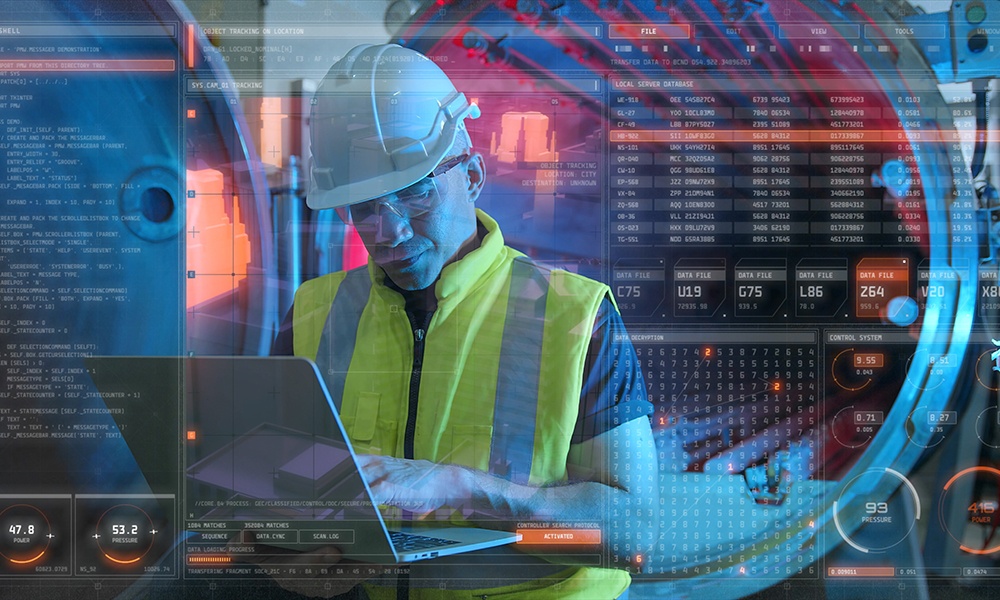
Kosmos Energy uses Everbridge for employee safety
Kosmos Energy implemented Everbridge to provide all personnel with the ability to quickly seek help or to be tracked during remote journeys from anywhere in the world.
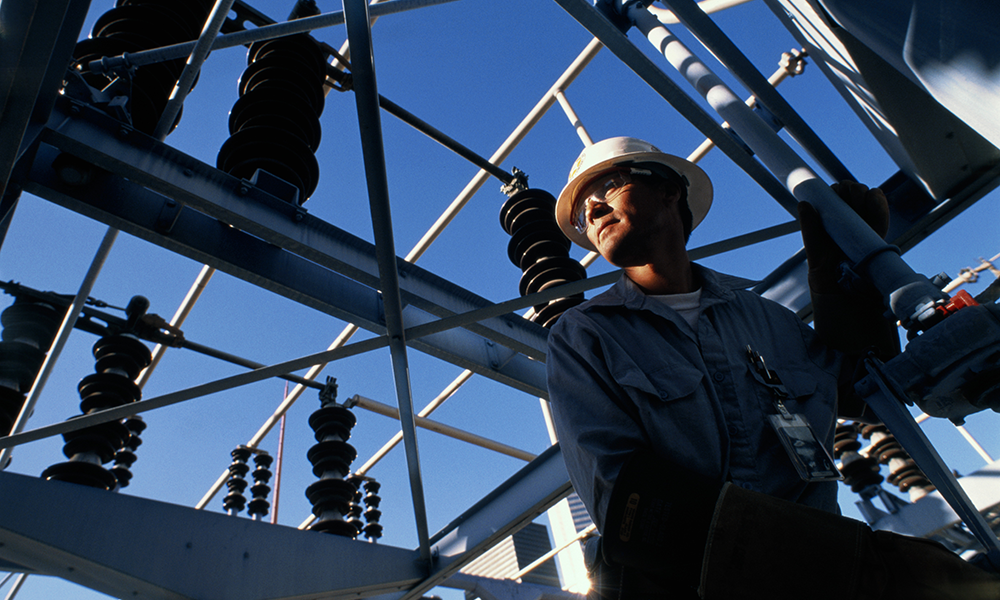
Dominion Energy undergoes
digital transformation
for nuclear power plant emergency notifications
Learn how Dominion Energy replaces outdated equipment to automate and enhance emergency notifications, reducing time to prepare and act by over 50%.
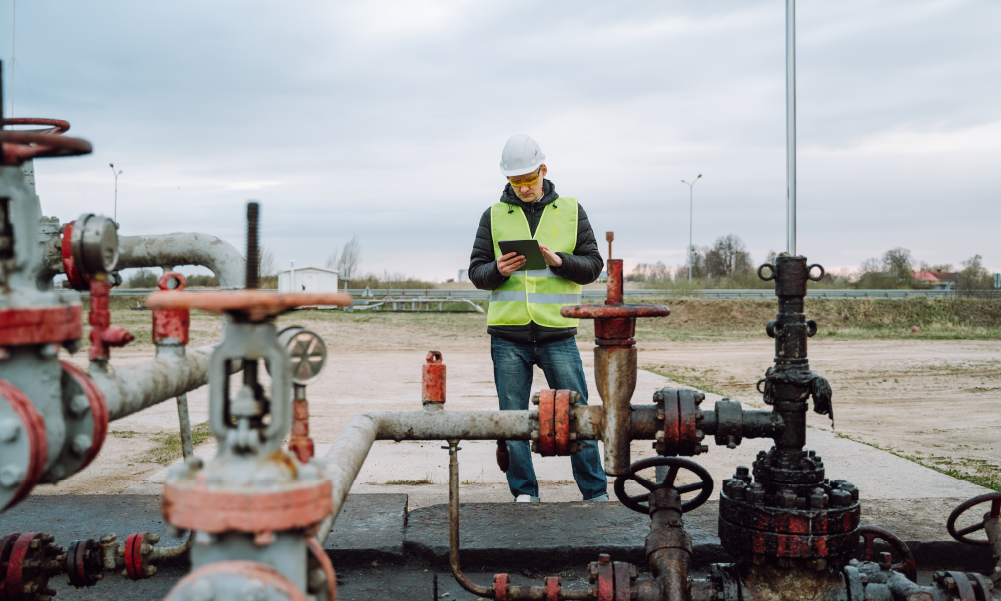
Risk intelligence from
GSOC supports strategic decision-making for oil and gas company
To ensure the company is making business decisions informed by strategic risk intelligence, National Oilwell Varco needed a comprehensive software to assess and understand operational risk.

Fuel distributor overcomes IT outage challenges
Everbridge SnapComms Engage streamlines communications and reduces helpdesk tickets created during IT outages for fuel distribution.
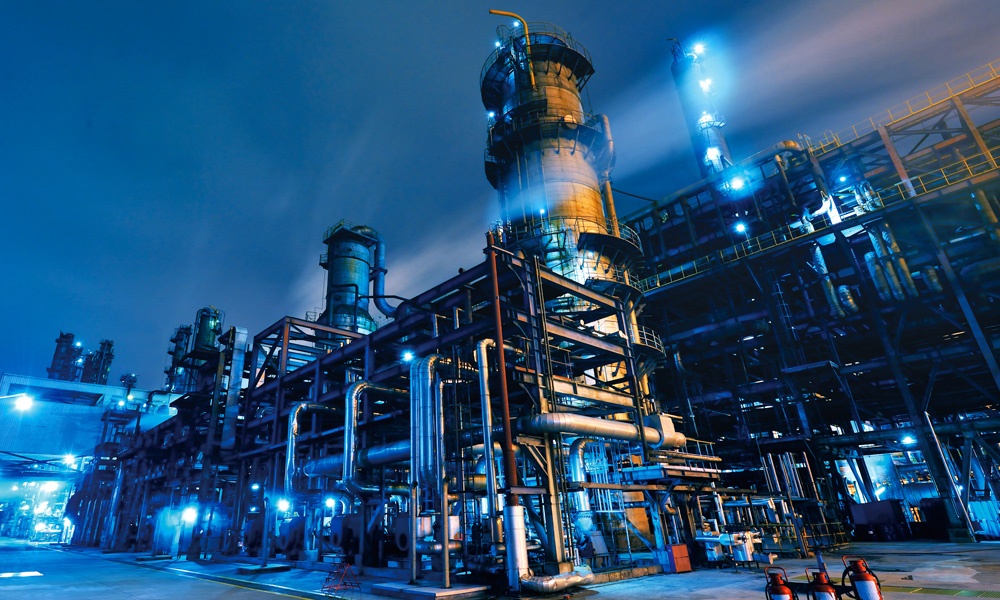
DC Water uses Everbridge to simplify and personalize communications
DC Water invested in Everbridge to simplify complex interactions, personalize communications, and proactively communicate with staff and customers to drive transparency and loyalty.
Featured resources

Control Center for energy & utilities
Control Center is a critical component of any business continuity solution, providing a single user interface to enable national, regional and local operations to be more efficient.

Critical infrastructure is under attack
The U.S. power grid is of critical importance to national security and economic security, but in an increasingly connected world where physical and cyber attacks are becoming more frequent, executives must be aware of the potential risks to power grids.

Everbridge for the oil and gas industry
Improve call-out times, drive operational efficiency, and achieve unprecedented levels of employee accountability
with Everbridge.

Global Threat Outlook 2025
Download our newly released report “Global Threat Outlook 2025.” This new report will provide essential insights and strategies for navigating the intricate landscape of global threats.
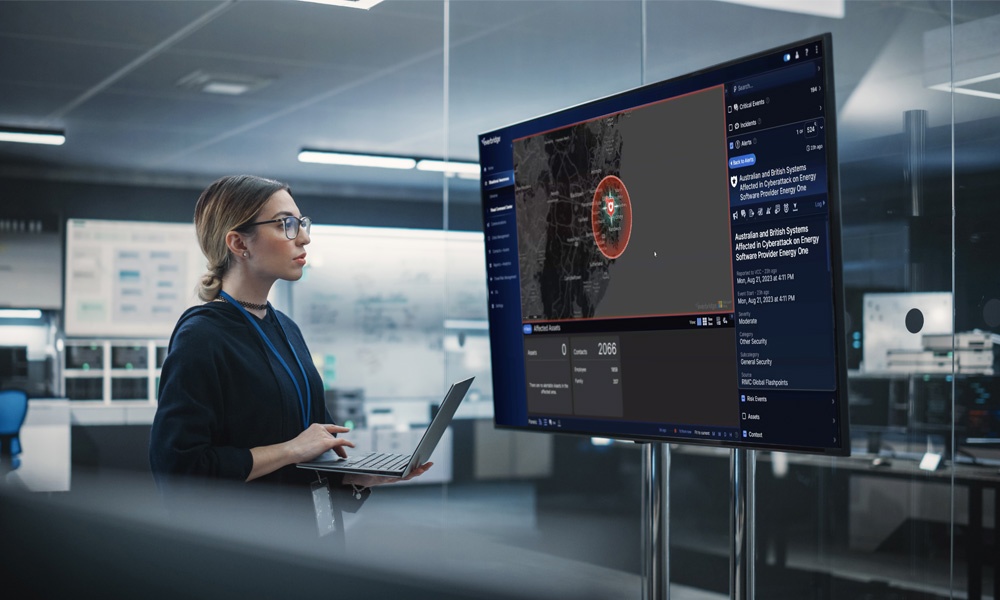
2025 Global Enterprise Resilience Report
Download the report for analysis on industry surveys, insights into the threats resilience leaders are watching, and ways to adopt a more flexible and effective approach to readiness.
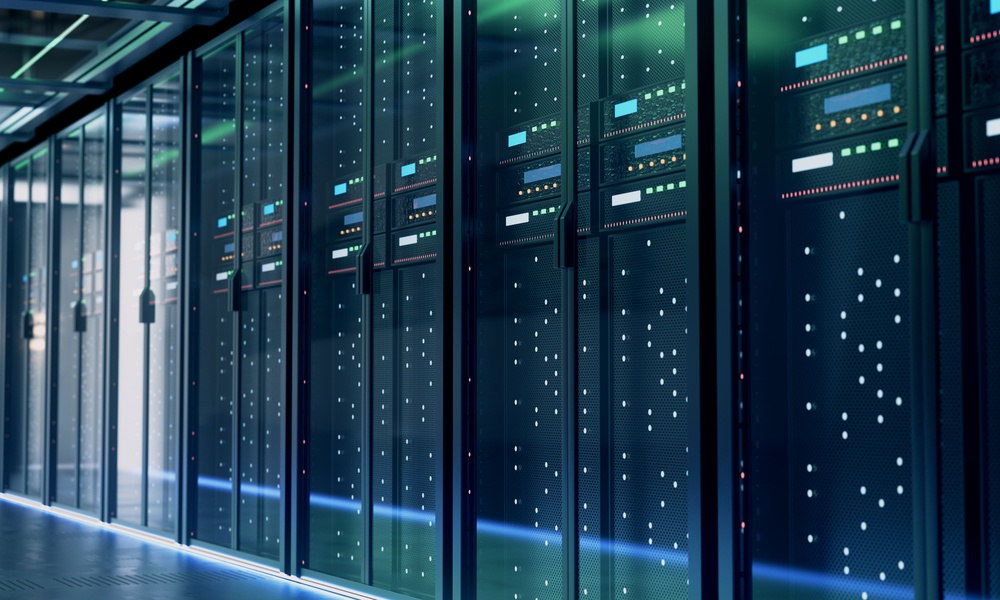
Critical Entities Resilience Directive: Strengthening infrastructure security
As threats to critical infrastructure grow, resilience is more essential than ever. By addressing vulnerabilities, the directive ensures essential services stay operational against physical and digital threats.

